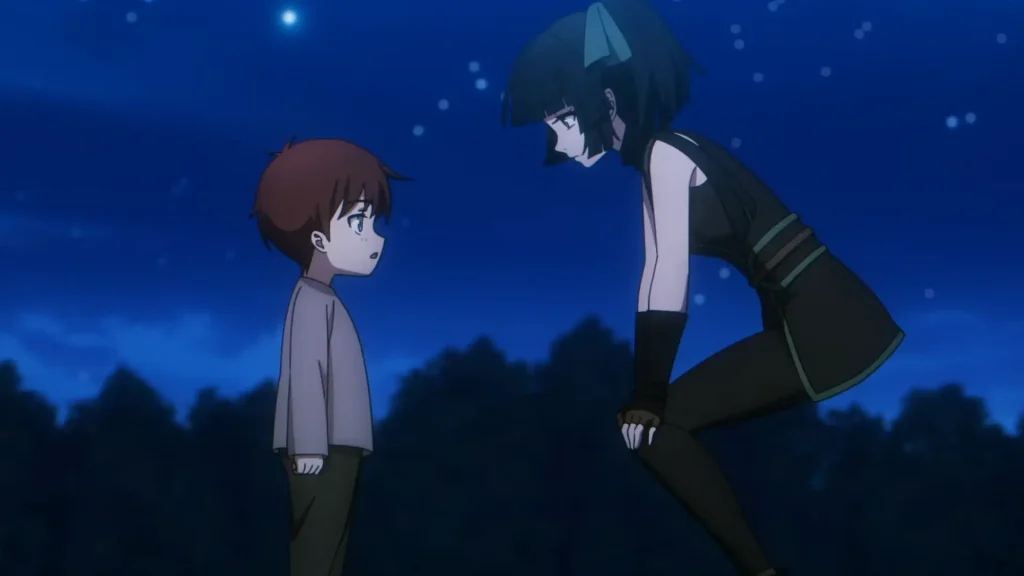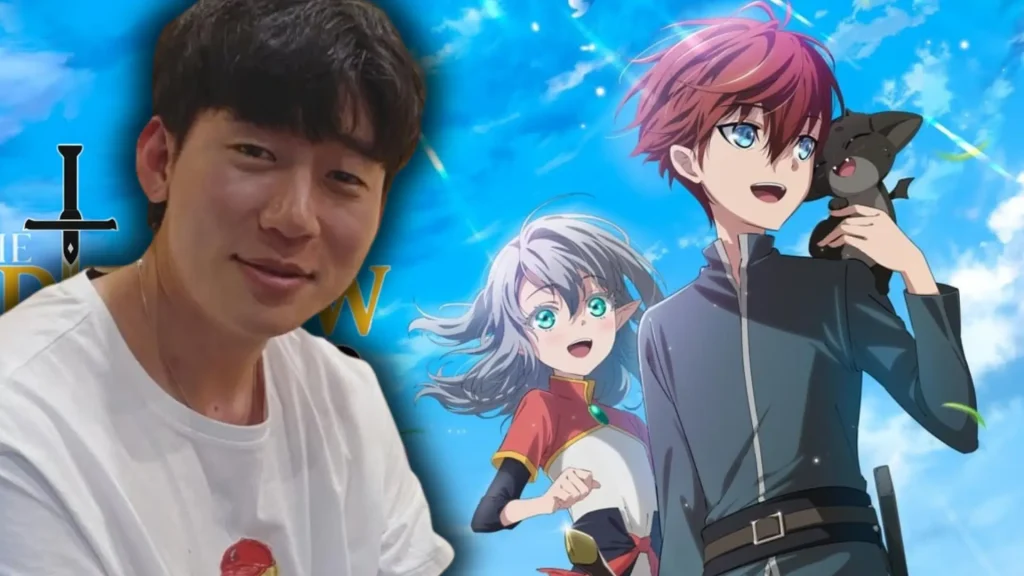When The Beginning After the End anime (or TBATE for short) premiered earlier this month, most expected a warm reception, especially given the strength of its original story. But what followed was more complicated: while many overseas fans were quick to voice criticism, particularly about the visuals and adaptation choices, the series has been performing extremely well in Japan. In fact, it’s holding its own against some of the biggest franchises currently airing.

So how did this fantasy series, under fire in one region, rise to become a breakout success in another?
Why TBATE Works in Japan
Based on a 2017 web novel by TurtleMe (Brandon Lee) and a popular webcomic drawn by Fuyuki23, The Beginning After the End follows King Grey, a powerful figure who dies unfulfilled and is reborn as Arthur Leywin in a magical world. With full memory of his past life, Arthur is determined to do things differently this time.
It’s a familiar setup within the isekai genre, but it clearly connects with audiences in Japan. Stories about second chances and magical progression continue to be popular in Japanese anime and manga, and this one fits that format well.
The International Backlash
Outside of Japan, reactions have been less enthusiastic. Long-time readers of the web novel and webcomic have taken issue with the anime’s pacing and animation style. Some have described it as “stiff” or compared parts of it to a slideshow. There’s also disappointment over how certain scenes from the original have been cut or reworked.
A petition calling for a remake has already reached over 41,000 signatures. TurtleMe has responded publicly, mentioning the production challenges and asking viewers to give the series time.
Streaming Numbers Tell a Different Story in Japan
Despite complaints abroad, Japanese viewership data tells a very different story:
- On Netflix Japan, TBATE has been the third most-watched currently airing anime for three weeks straight, only behind One Piece and Fire Force.
- On d Anime Store, which caters to dedicated anime fans, it ranks #2, with only The Apothecary Diaries ahead.
- On ABEMA, a major simulcast platform, it holds the same position, #2.
- On Amazon Prime Video Japan, it’s currently the ninth most-viewed show overall, across all genres.
That’s strong performance across a wide range of platforms, including both niche anime services and broader streaming services.
There’s no single reason why responses vary by region, but some possibilities stand out.
Expectations can be different. While international fans who followed the source material might focus heavily on animation quality and accuracy, Japanese viewers may place more value on the story itself. The core themes, magic, reincarnation, self-discovery, are staples of many successful anime and likely carry more weight for viewers there.
Another factor is the different level of emotional investment. Fans in Japan who supported the original story may be more focused on seeing the characters come to life in any form, while overseas fans may be comparing each episode frame-by-frame to the webcomic.
Crunchyroll Numbers Add a Twist
Even where criticism has been loudest, on Crunchyroll, The Beginning After the End has shown strong early engagement.
Episode 1 reached 78,000 likes, making it the top-liked currently airing anime on the platform when it launched. For context:
- Fire Force Season 3 had 41,000
- Wind Breaker had 43,000
This suggests that despite the vocal criticism, many people were still tuning in, and showing appreciation.
The anime is planned as a split-cour, with 24 episodes total split into two parts. The second half will return later in 2025. Given the early metrics and streaming engagement, this bodes well for future seasons.
Source: Reddit

